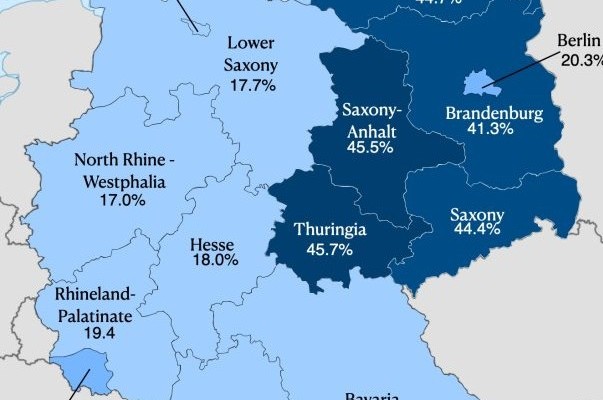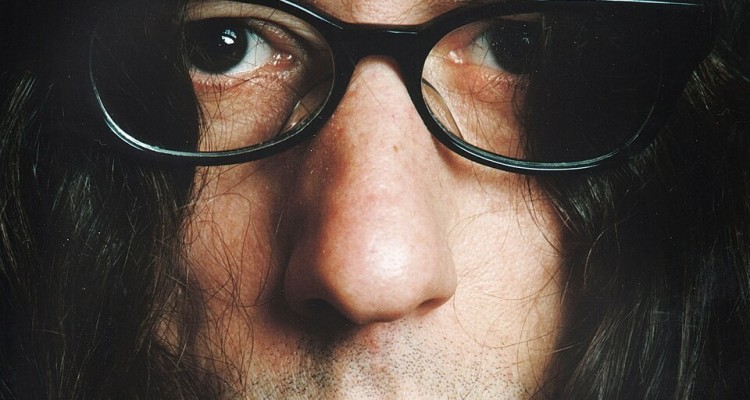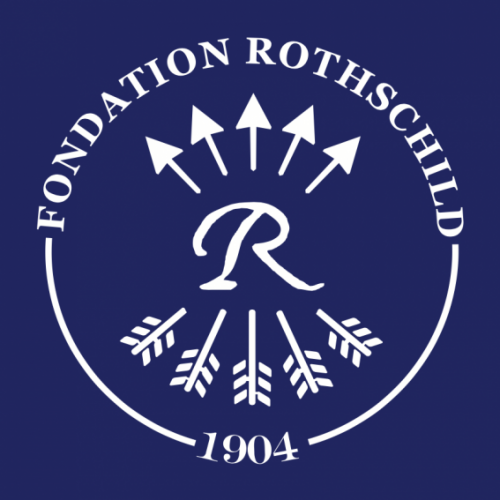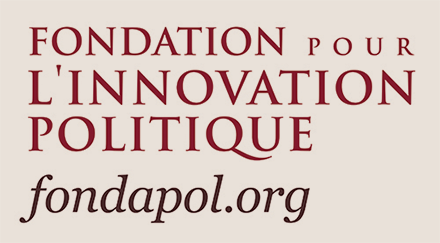Daniel Boyarin, Professor of History of Religions and a renowned specialist in Talmudic Culture and Ancient Judaism, has recently published The No-State Solution. A Jewish Manifesto [Yale University Press], which on its back cover describes itself as a “provocative book”. Danny Trom discusses the anti-Zionism and “diasporic nationalism” that Boyarin promotes.

The No-State Solution is a manifesto[1]. A Jewish manifesto, says the subtitle. What does it manifest? A mentality that is familiar to us, that has roiled the Jews ever since a state associated with the Jewish name appeared. The angel or devil on one’s shoulder—depending on one’s viewpoint—this affect manifests occasionally, irrepressibly, even for the firmest supporters of the State of Israel. The underlying cause is the tortured relationship Jews have to their own reacquisition of sovereign power. For Boyarin, the inner voice comes to the fore when the State of Israel mistreats the Palestinians – often, in other words, as the conflict drags on. This voice inhabits him as he voices radical opposition to the State of Israel, which he pillories as “fascist.” No matter the provocation: Boyarin pays no attention to this actual state. At most, he rightly points out, with Dimitry Shumsky’s work at hand, that Zionism – in Ahad Ha’am’s version, obviously, but also in Pinsker’s and Herzl’s – was not in any way aimed at a sovereign state, before circumstances necessitated a change of course. As far as the State of Israel is concerned, Boyarin’s case is closed.
The entire manifesto is based on one axiom: the ontological incompatibility of Jewish existence and a the state understood as a state for Jews. This is because the State (like any other State, for that matter) has no vocation to express an “ethical universalism,” which is all that matters to Boyarin. The political ambition of the nation-state was to give concrete form to the universalism that emerged from the Enlightenment. But the author does not care; he has relegated this idea to the junk drawer. Since the vocation of Jews is to collectively bear the universal ethic, the State of Israel by definition betrays Jews. Boyarin insists that he is opposed to any state, to the nation-state in general, without exception, because this political form presupposes the coincidence of a homogeneous group, a territory and an apparatus of domination, which necessarily leads to oppression and war; Boyarin devotes not a word to its emancipatory potential. And since the Jewish mission is to lead an exemplary existence by the highest standards, the state dedicated to the Jews appears to be a betrayal par excellence.
The stage for the drama is set, but it is an old stage, the floorboards not entirely eaten through by termites, but creaking all the same, in which the Jews never cease to struggle, including those who claim to have altered the stage. Let’s go back to the title of the manifesto: “the no state-solution”; the non-existence of the state is the solution. But the solution to what? To a first approximation, regional geopolitical conflict, since that is where the author’s disapproval comes from. But if this were the case, the “no-state” would be part of the series of solutions to the conflict – binational state, two-state, on-state. In this space of alternatives, Boyarin would be led to advocate the dismantling of the State of Israel. Yet he does not go down this slippery slope. For, as you will have gathered, the author takes us elsewhere, to another level, that of the nature of the collective that the Jews form: neither followers of a religion in the denominational sense that the term took on with Christianity, nor a nation in the sense that the state is its extension in political modernity. Jews certainly form a nation, but a diasporic one.
The “no-state” is not a solution, as the misleading title suggests, but an ideal that demands loyalty. Since the characteristic of the diasporic nation is that it is dispersed among and within foreign nations, each place where a fragment of Israel dwells iterates itself as a hybrid entity, with its dual culture, its multilingualism, its specific Jewish language, its habits of mind and turns of phrase, its solidarity with the Jewish nation as a whole and with the local population, whose just causes it spontaneously espouses. This is the result of the existence of a people everywhere in the minority, entirely supported by the study and practice of the Talmud, a text that cultivates uncertainty, controversy and pluralism of perspective: an immeasurably rich and tolerant way of life, which Boyarin does not reduce to a rigid orthopraxis, but sees as a style, a way of being in the world, a world of rabbinic Judaism that has stood in sharp contrast to Greco-Roman civilization from the very beginning.
So, what are Jews according to Boyarin? A people, a Kulturvolk among others, in Herder’s sense, but whose distinguishing criterion ultimately lies in linguistic expression and the worldview it generates, as Humboldt conceived it. A cultural people, like the Yiddische Volk of the Russian Pale of Settlement, to which Dubnow and the doctrinaires of the Bund gave a modern form, a world-people without territory or state, creative, irenic, in search of autonomy and in solidarity with all mistreated minorities. Except that Boyarin purges the perspective of these “autonomists” of any political dimension, removing them from the arena of debate in which the Zionists were involved, to end up with nothing more than a cosmopolitan wave in which all idiolects flourish, a vision which, admittedly, the Jews of the area under Tsarist domination certainly could not afford the luxury. Doubnow, before he was swept away in the turmoil, was fully aware of this, but Boyarin, for his part, can afford this luxury and indulge in that perfect Jewish adaptation to their ancestral cultural code at low cost: the luxury of political blindness. The fact that the march of history has violently engulfed Yiddishland, in all its diversity, does not seem to trouble him; nor that Zionism, and Zionism alone, was an effective strategy capable of sheltering the Jews.
Seen from Europe, this is strange, and gives Boyarin’s manifesto an unrealistic twist. This indifference to the convulsions of history is only possible from a post-historical point of view, that of the New World, of which the United States of America is the political expression. Boyarin, perhaps inadvertently, is in fact carrying out an American-multicultural reformulation of Jewish existence. The diasporic nation fits perfectly into the horizontal world of the United States of America, a global empire that ideally includes all differences, while ensuring that each one has equal autonomy and expression. This is precisely what gives Boyarin’s thesis the tenor of a Judeo-American manifesto. A self-centered manifesto, whose lofty vision blurs the view of today’s global diasporic configuration.
The author addresses his manifesto to all Jews, since the essence of “Jewishness” is here at stake, but his imagined readership, which he hopes will be extensive, is deprived of significant sections of what Tradition calls “the whole of Israel” – first and foremost the Jews of Europe. Boyarin may have numbers on his side, but numerical hegemony should not carry the day for those concerned with maximum inclusion. So, from this very partial angle and at this stratospheric altitude, Jewish existence can effectively pass as protesting against the march of a world already redeemed by America. Under Boyarin’s pen, the Jews are a paradigmatic case of resistance to all oppression, a call for the inclusion of all identities, those that modernity secretes by making subaltern groups emerge in its interstices and then relegate to its margins, or those of the global South in search of justice and recognition in the postcolonial era. As an outpost in the struggle against Western hegemony – be it political, based on the nation-state, economic, mounted on the horse of exploitative capitalism, or epistemic, embedded in a repressive universal reason – the diasporic nation, this stranger from within the West, is, by construction, resistant to submission. Boyarin’s neo-orthodoxy theorizes, accompanies and enlightens the ongoing revolution, like a de-colonial update of the traditional injunction: “And you shall be the light of the nations.” It is an inclusive, more sophisticated but also more candid version of the ultra-Orthodox anti-Zionism of Joel Teitelbaum, Satmar’s rugged rebbe, who recorded the existence of states as a fact but forbade it to Jews, whose destiny is exceptional.
But are Jewish tradition and Jewish political history the separate spheres Boyarin would have us believe? One can doubt, even contest this assertion. The traditional construction of the exilic condition was indeed a “no-state solution,” a solution to defeat and dispersion, and by no means an ideal one—rather a forced, sub-optimal solution, which always also required Jews to orient themselves politically in a dangerous world. Boyarin carefully avoids the word galout, which carries all the dynamic charge of the Jews’ trajectory and the subsequent discomfort of their real condition, preferring instead the Greek term diaspora, horizontal dispersion stripped of its centripetal counterpart, however imagined. It is the loss of this tension that enables him to apprehend Jewish existence as a peaceful spatio-temporal succession of social forms of Jewish life, whereas galut implies structurally and simultaneously that Jews arrange themselves vertically in a political world where the question of power is vital.
In a previous work entitled Powers of the Diaspora, Boyarin had already set out the elements of his highly selective presentation of Tradition: the creative power of an apolitical diaspora impotent in the face of adversity. He did not mention once the Book of Esther, despite it being the diasporic text par excellence from which Jews drew effective political practice for centuries in Europe and elsewhere. Only this elision authorizes Boyarin to rhapsodize about the diaspora culture condition in these terms: “Just Jews singing, dancing, speaking and writing in Hebrew and Yiddish, in Judeo-Spanish, studying the Talmud in all sorts of ways, fighting together for justice for the Palestinians and Black Lives Matter.” The dissolution of galut in the diaspora of a contented America, a naive substitute for the promised land, enables this feat.
Boyarin’s manifesto expresses an unease that has been overcome, but does little to guide us. In short, it is a somewhat self-indulgent intellectual self-portrait of an eminent scholar of the Talmud and ancient Judaism, who has taken up residence on the American campus, and we have no doubt that he is living happily ever after in a world where liberal intellectuality is reaching its zenith. At best, his manifesto testifies to his placid neighborliness with his colleagues in “studies” – gender, African-American, colonial – who have certainly adopted him, perhaps even conferring on him mascot status. For sure this is the case, as the volume is destined to articulate all the alliances between the dominated whose names proliferate endlessly on campus. But will the ill wind of history that seems to have already risen in the United States, the same now gusting through the corridors of universities, on which Boyarin momentarily glides, end up sweeping him away? He will then be led to ponder more closely the quotation on which his own manifesto ends: “If you will it [the State for the Jews], it is no dream” – a disapproving wink from the author to that other bourgeois dreamer Herzl, who may have known nothing of Tradition, but had nevertheless picked up something essential from it: realism, which Boyarin has never cease to deny.
Danny Trom
Notes
| 1 | Daniel Boyarin, The No-State Solution. A Jewish Manifesto. Yale University Press, 2023. |










